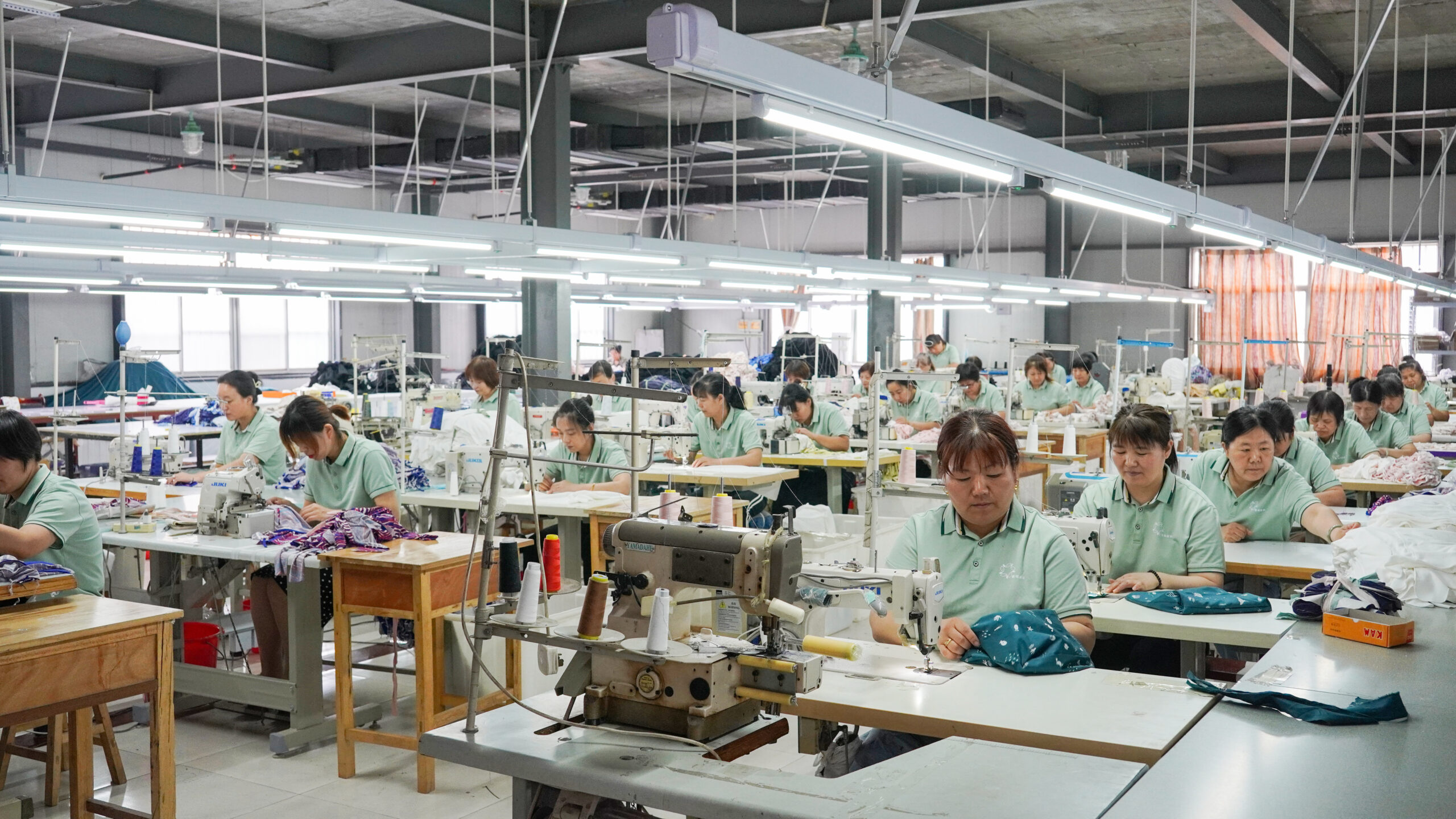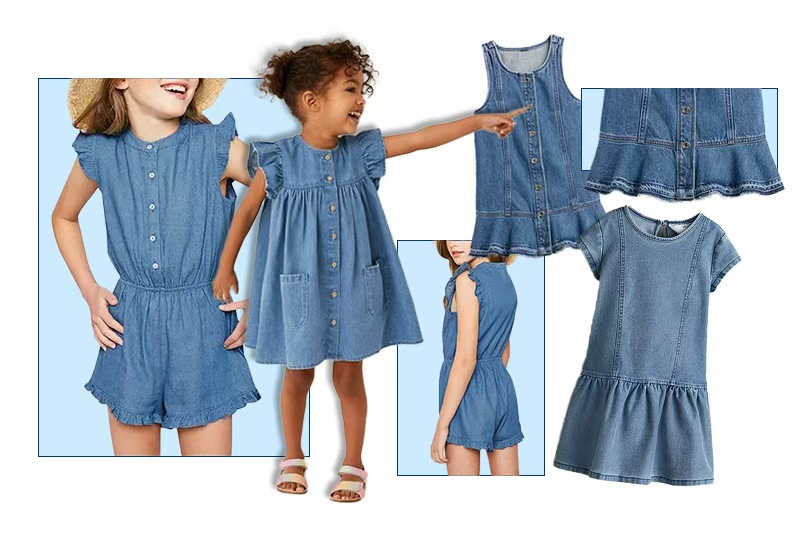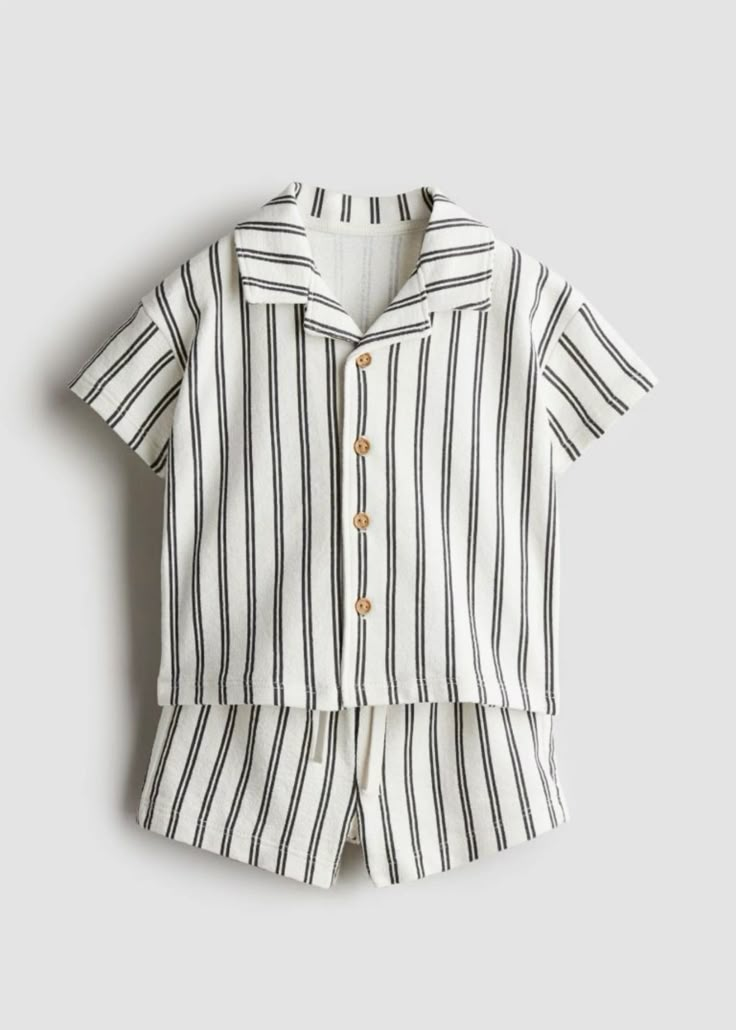Transparency in the children’s clothing supply chain isn’t just a trend—it’s a trust issue. In a world where parents are asking tougher questions and expecting better answers, knowing who made a product, where, and how, matters more than ever. Especially when it’s about something as personal as the clothes their kids wear every day.
Transparency in the children’s clothing supply chain means clearly showing each step of production—from fabric sourcing and labor conditions to factory certifications and delivery timelines. It matters because it ensures ethical practices, safer products, and builds trust with parents and brands. Today’s buyers want clarity, not just catchy marketing—they want proof that what they’re sourcing or buying is truly responsible and safe.
Because behind every garment is a story—and transparency lets us read it.
Before we dive in, let’s be real: transparency doesn’t mean perfection. It means honesty. And in this industry, that’s a breath of fresh air.
What does supply chain transparency actually mean in the kidswear industry?
Think of it as a window, not a wall.
Supply chain transparency in kidswear means brands openly share details about where their materials come from, who manufactures their products, and under what conditions. This includes disclosing factory audits, safety certifications, and environmental practices. It allows buyers and parents to make informed, confident decisions based on ethics, safety, and trust.
It’s not just “where” it’s made—it’s how
When I first started exploring transparency in kidswear, I imagined it was all about tags that said “Made in China” or “Made in India.” Turns out, that’s only a tiny part of it.
True transparency goes beyond the country of origin. It answers questions like:
- Was the fabric dyed using safe methods?
- Are the factory workers treated fairly and paid on time?
- Can the brand show me real documents—not just pretty photos?
Here’s what transparency often includes:
| Element | Why It Matters |
|---|---|
| Factory locations | Helps trace the origin and verify safety audits |
| Labor practices | Protects workers’ rights, especially in developing regions |
| Fabric and dye sourcing | Ensures child-safe, sustainable materials |
| Certification disclosure | Proves compliance (like GOTS, OEKO-TEX, etc.) |
| Shipping and lead times | Prevents hidden delays and missed seasons |
For brand buyers like you—especially those from North America, Europe, or Australia—this clarity helps cut through noise and reduce risks when choosing suppliers.
How can parents know where and how their children’s clothes are made?
Honestly, most parents don’t want to play detective—they just want peace of mind.
Parents can look for clear labeling, third-party certifications, and brand communication that goes beyond surface-level marketing. Brands that share factory stories, audit reports, or photos of their production process help parents understand how their child’s clothes were made—offering reassurance about safety, ethics, and quality.
Turning curiosity into confidence
I once had a mom tell me, “I don’t need a documentary—I just want to know my daughter’s dress wasn’t made in a sweatshop.”
Fair. Very fair.
As a brand or buyer, here’s how you can help parents feel confident:
- Share behind-the-scenes photos of your workshops or dyeing process.
- Use certifications parents recognize, like OEKO-TEX or GOTS.
- Be honest. If something is made overseas, say so—but explain how you ensure safe working conditions.
Social media is also your friend. Show the human side of your supply chain—not just finished clothes on models, but moments from the actual making process.
When you do that, you’re not just selling a product. You’re telling a story—and building a connection.
Why does transparency matter when it comes to ethical labor and safety standards?
Because what we can’t see, we can’t fix.
Transparency in kidswear helps expose unethical labor practices and unsafe production environments, especially in outsourced factories. When brands require and share supplier audits and certifications, they ensure fair wages, safe conditions, and compliance with child labor laws. For children’s clothing, this is especially crucial—because safety isn’t negotiable.
Protecting children—on both sides of the product
There’s a heartbreaking irony in children's clothing sometimes being made in places where children themselves are working.
That’s why certifications and open sourcing matter. Not just to check a box—but to be part of the solution.
Here’s how transparency protects labor rights:
- Audit trails – Keep suppliers accountable
- Factory partnerships – Reduce the need for subcontracting (where abuse often hides)
- Real-time communication – Avoid surprises down the road
It also ensures chemical safety in the finished product. Kids' skin is sensitive, and unchecked dyes or finishes can cause irritation—or worse. A supplier who’s willing to show their chemical list and compliance docs? That’s someone worth trusting.
And as a buyer, you get to be the bridge—connecting parents with safer choices through responsible sourcing.
How does a transparent supply chain build trust with conscious consumers?
Trust isn’t built in a day—but it starts with a truth.
A transparent supply chain builds consumer trust by showing the human, ethical, and environmental efforts behind each product. Today’s conscious buyers want more than cute designs—they want stories of responsibility. Transparency helps brands stand out as honest, ethical, and aligned with modern values, which keeps customers coming back.
No fluff, no filters—just facts
I’ll admit it: I used to think transparency might scare people away. “What if they see we’re not perfect?” But here’s the twist—transparency doesn’t demand perfection. It celebrates progress.
Showing your work—your efforts, challenges, and improvements—actually makes you more trustworthy.
Ways to do it:
- Share supplier stories on your website.
- Show how you audit or review factories.
- Be honest about what you're still working on.
Buyers and parents don’t expect you to save the world. But they do expect you to try. And transparency helps them see that effort clearly.
Can transparency help brands stand out in the competitive kids' fashion market?
Spoiler alert: yes. And then some.
Sub-heading Snippet paragraph...
Transparency helps kids’ clothing brands stand out by showing real value—not just price or style. In a crowded market, buyers and parents are drawn to brands that are open about sourcing, certifications, and ethical standards. It creates loyalty, reduces return rates, and opens doors with retailers who care about compliance and credibility.
Standing out without shouting
We all know the kidswear space is busy. Cute prints. Trendy colors. Fast drops.
But transparency? That’s rare. And rare stands out.
Instead of shouting louder, transparency lets you speak clearer. It gives buyers a reason to pause, to lean in, to trust. And trust turns into repeat orders.
Here’s what transparency can lead to:
| Benefit | Why It Matters |
|---|---|
| Retail partnerships | Buyers love documented compliance |
| Customer loyalty | Parents return to brands they trust |
| Fewer product returns | Clear info = better buyer expectations |
| Stronger online presence | Google likes real, original stories |
And in a time where greenwashing and fake claims are everywhere, being real—actually real—is your best marketing tool.
Conclusion
In kidswear, transparency isn't just a nice-to-have—it's a need-to-have. It protects people, earns trust, and builds brands that last. And really, it’s the kind of future we all want to dress our kids for.



